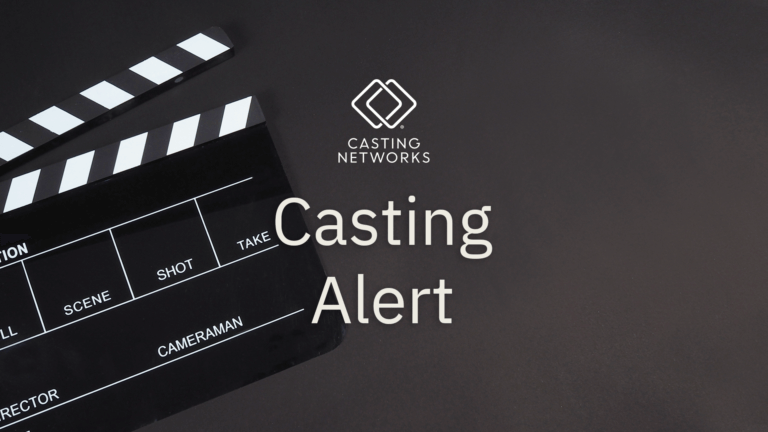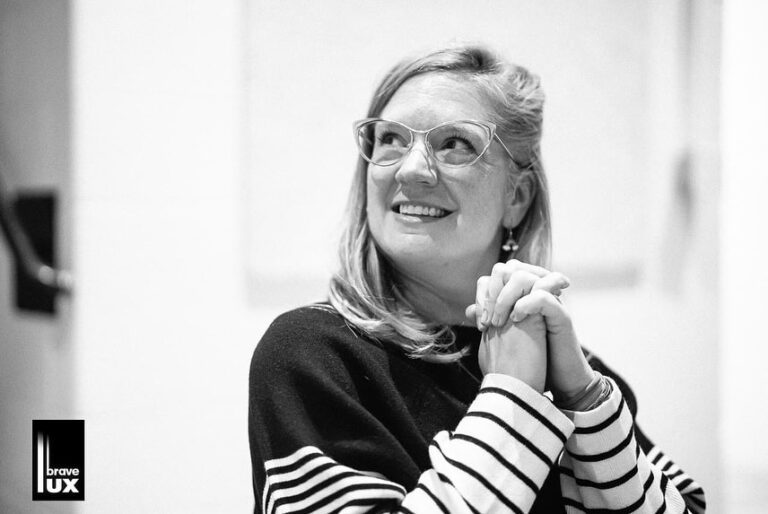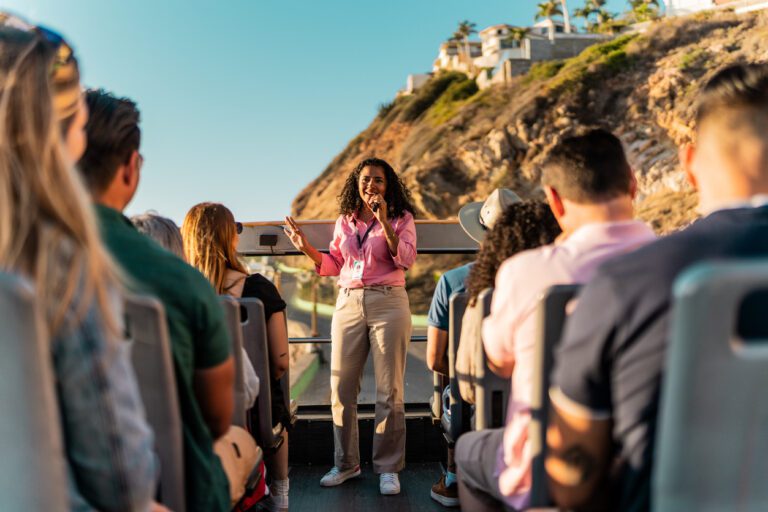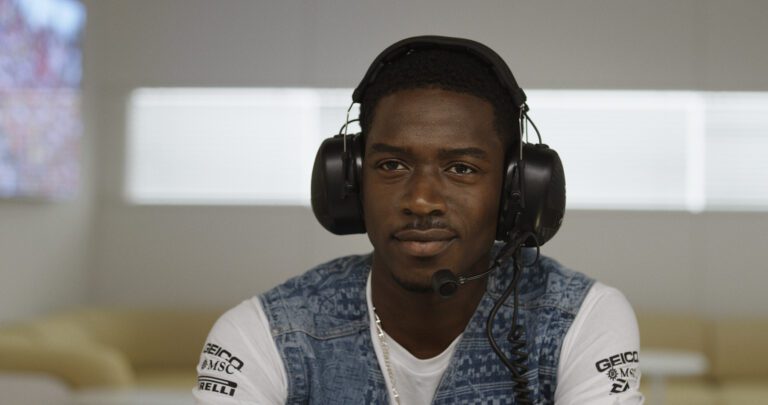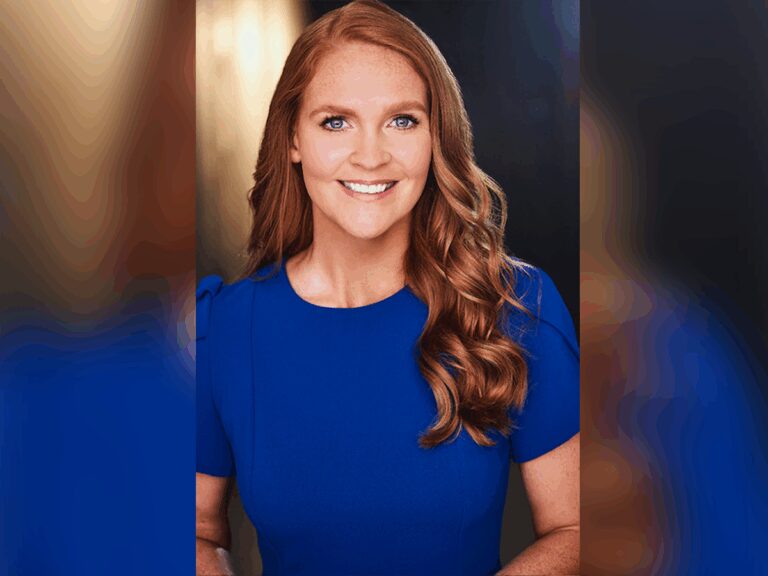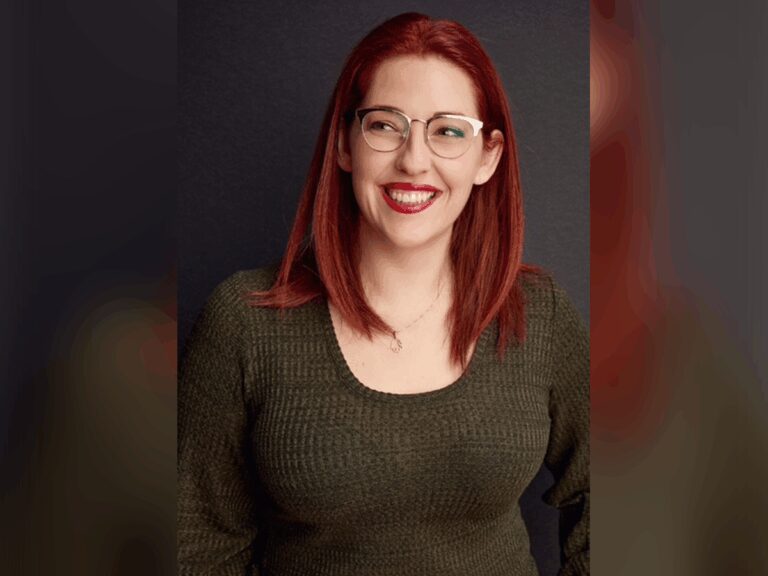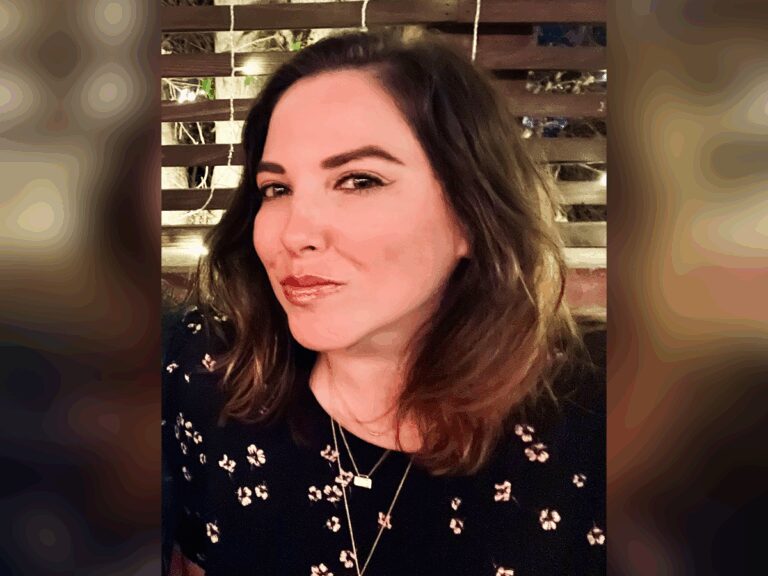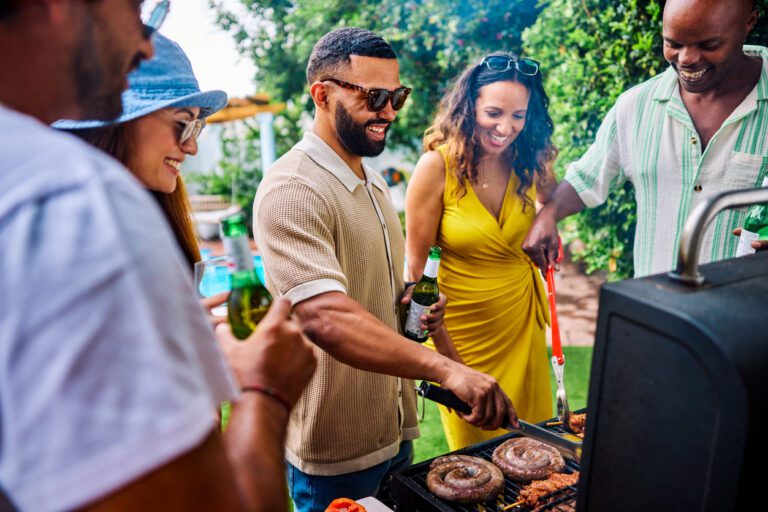Many of your standard talk show hosts come to the gig after previously working as an actor, such as Oprah Winfrey, Ellen DeGeneres and Drew Barrymore.
Not Rolonda Watts, who did the opposite. A broadcast journalist before her talk show, The Rolonda Show in the 1990s, Watts eventually walked away from it and pursued an acting career.
More than a quarter century later, she’s not just a successful thespian on camera, she is also a popular and prolific voice actor. Watts has voiced the role of Doctor Wiseman on the Curious George cartoon since 2006, and her most recent work is in Max and Adult Swim’s Invincible Fight Girl, which aired its first season finale in December. She took a break from her busy schedule to chat with us from her home in New York.
Insights: Lessons From Rolanda Watts
- Be open to learning new skills and transitioning between different aspects of entertainment (e.g., acting, voice acting).
- Use your unique background to enhance your acting and stand out in auditions and performances.
- Choose roles that have a positive influence on your audience, understanding the responsibility that comes with portraying certain characters.
How did you get into acting?
I was always an actor. I got bitten by the bug when I was 12 years old. I went to Broadway and saw the Black production of Guys and Dolls. I fell in love with Miss Adelaide and said, “That’s what I’m going to do. I’m going to be an actor and I’m going to play Miss Adelaide.”
My dad gave me that little subway token back in the day — the one with the hole in the middle — and a gold chain. I wore it around my neck. I shined it with steel wool so it shined like 18-karat gold. It was my touchstone.
I majored in theater arts at Spelman College and got to play Miss Adelaide there — talk about manifesting things. I graduated a year early from Spelman and went to graduate school at Columbia’s journalism school — not because I wanted to be a journalist, mind you — I was determined to get to New York to be in school because then my parents would leave me alone. I was going to audition for Broadway. As soon as I got my big part, I was going to quit school. I had it all planned out.
How’d that work out?
I went to one casting call that wrapped around the block, and I was like, “Let me get back up here to Columbia and get serious about journalism, because I don’t think I’ve got what it takes right now. “(Laughs)
You know, there just weren’t a lot of roles back then. When I got out of college in the late 70s and wasn’t a hoofer, there were very limited opportunities. Thank God I had a backup plan, like Mom and Dad said. It happened to be journalism that I fell in love with. That’s how most people know me.
You started as a successful TV journalist.
I was an investigative news reporter in New York City, an anchorwoman down in North Carolina and then did talk shows: the magazine show Inside Edition and The Rolanda Show.
When that was done, I said, “Doggone it. I’m not going to give up on that dream. I’m going to remember that little 12-year-old, and this was the first time I wasn’t tied down by a contract.” I thought, “I’ve done pretty well with my money, let me take a chance. I’m going to Hollywood and see what happens.”
From there, my first gig was Sister Sister, playing the vivacious vixen, Vivica. I went on to do many sitcoms: The Jamie Foxx Show, The Steve Harvey Show and so many more. Today, I still do dramas, sitcoms, stage, I’m a stand-up comedian and a voice actor, too. It’s been a journey, but it’s been a good one.
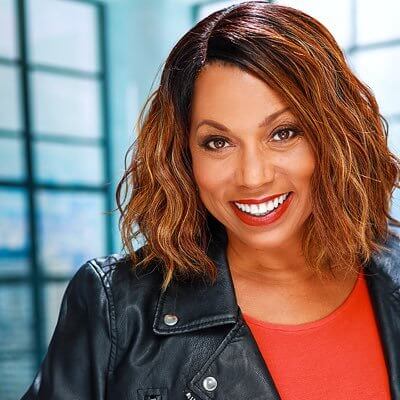
Do you think your time as a journalist on camera especially helped you as an actor?
I think it gave me a presence. You can’t say that so much of that wasn’t acting in itself. Acting is tapping so much into your truth, and a lot of times you even care about the crazy people.
It was great for improv. When I look back on my Rolanda channel on YouTube, I’m playing so many of my old shows and I laugh at that young lady who I was. I can see the stand-up comedian busting out, the way I played with my audience or made a joke out of something so absurd. That was improv. That was comedy. There were times when we would have Conan O’Brien on and do skits, and that’s when I lit up.
It was a different time, but I’m surprised the talk show didn’t lead to more acting opportunities.
ABC offered me a sitcom, like a Black Mary Tyler Moore, That Girl kind of show, and [show producer] Roger King said, “No, we need to focus on this talk show.” People didn’t do multiple things like that then, but I tell you, that was when I knew, “Okay, that’s a God-wink.”
I think everything in life prepares you in terms of emotions that you can draw on. I interviewed mothers in prison who killed their kids — people who had some deep issues — and I think that does help in building a character.
What led to you getting voiceover work?
I didn’t know I was doing voiceover work when I was doing the promos for my talk show. [If I did,] my contract would have been very different. (Laughs)
Not long after I gave up everything and moved to LA, the writers went on strike and my momentum kind of screeched to a halt. I had gone from being an internationally syndicated talk show host to serving pizza on the picket line, so I had to come up with something quick.
When you have a dream, I think it’s good not to have a backup plan, because it has to work. The voice actors weren’t on strike, so I thought, “Sure I could just ace voice acting,” but let me tell you, I could not catch a cold, because I didn’t understand what voice acting was all about. I didn’t understand the craft, so I invested in myself. I took a class and learned it wasn’t about having a booming broadcaster’s voice. It was about acting. It was everything that I loved. I learned my favorite craft from a different instrument. Not just my body, but from my voice.
What was your first break there?
I started doing Judge Joe Brown, which was exciting because there weren’t many women doing promos and I knew what the daytime audience was about. I would do crazy promos like no one had ever heard. That was different from what people were used to hearing: that middle-America, all-male kind of thing.
Then I got Professor Wiseman on Curious George, which was exciting because it was here, gosh, 25 years ago, that they made her a Black woman rocket scientist. I thought that would be great for STEM girls and curious kids. It’s exciting to be in cartoons, trying to make a difference for women and the younger generations, to explore, to be curious and to continue to reinvent themselves.

Interesting that you brought that up. I’m always curious about actors working in animation, especially those targeted to kids. Do you have more of a sense of responsibility knowing who your audience is and the effect that you have on them?
Absolutely. I look at the roles that I’m so blessed to play. Curious George, when they hand us those scripts, they do it with such reverence. On the script, it says, “Today we are teaching children about magnetism or gravity,” and I start crying.
What Curious George is really about is forgiveness: that we all make mistakes, that it’s okay to be curious and take a clock apart and nobody’s going to beat you up. It’s okay to learn.
We just launched Invincible Fight Girl, about a young girl who is determined to be the best wrestler in the world. She has a motley crew of guy friends, and they are determined to make her the greatest wrestler, but they have to learn the secret from me, Aunt P, an old, cantankerous, retired wrestler who happened to be the best woman wrestler in the world. It’s about a young girl’s resilience and reminds me of me wearing that subway token at 12. I just love it.
We do influence people by showing the strength in women, that they can be your partners — even in video games — and help you kick some butt. It’s fun to have those types of roles that have responsibility and show that strong women can kick butt too.
Speaking of kicking butt, do you still hold out hope to get on Broadway one of these days?
Yeah, and it better happen soon, because I’m getting older here. (Laughs)
I made my off-Broadway debut at the Vineyard Theater three years ago in a wonderful play called Sand Blasted. I was also in Washington, DC and did three plays at one time called The Till Trilogy. I got to play 10 different characters, from a nine-year-old girl to Emmett Till’s grandmother, and that was wonderful.
There’s still time. I would love to do Broadway. I think that will get my bucket list going there, and I gotta get it while I’ve got the energy.
Ready to find your next role with Casting Networks? Sign up for a free trial today!
You may also like:



